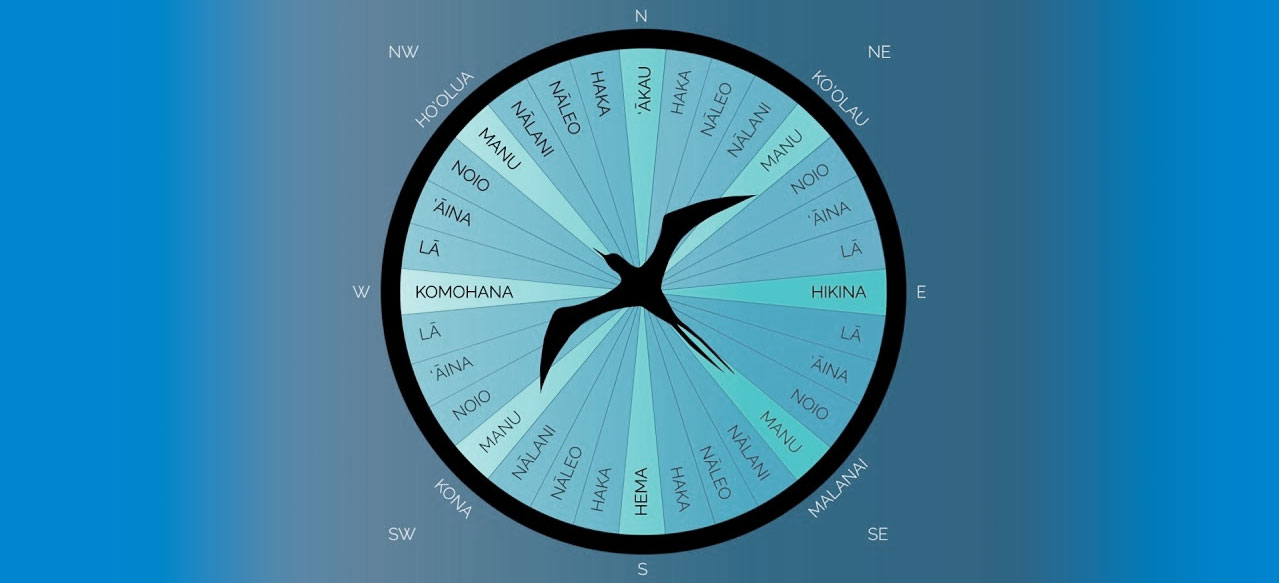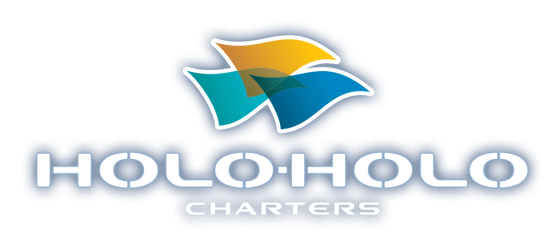Ancient Hawaiian Star Navigation

In their double-hulled canoes, ancient Polynesians would travel thousands of miles to find undiscovered islands. The Polynesians didn’t have compasses or sextants, so how did they find their way in these uncharted seas? They relied on their surroundings: the wind, stars, waves, birds, dolphins, and other sea life.
Ancient Polynesians used all aspects of nature to guide them on their long voyages. Their trust in the ocean, sky and animals created an intimate relationship with nature and each other.
Though Polynesians have been using this form of navigation for generations, Master Navigator, Nainoa Thompson, developed the Modern Hawaiian Star Compass. Unlike most modern compasses, the Hawaiian Star compass isn’t a physical compass, it’s a mental construct used to help memorize the rising and setting position of stars, flight paths of birds, directions of the waves and other signs from nature needed to support them in finding their way.
At the center of the compass is a manu (bird) with its beak, tail and outstretched wings pointing midway between the four cardinal directions. While out on the ocean, the navigator imagines their canoe at the center of the compass.
When sailing at night, the navigator positions the canoe by studying the rising and setting of the stars. A star will always rise in one house on the compass and set in the opposite. With the reliability of the stars, course can be kept even on cloudy nights because only one distinctive star is needed to know the direction they’re travelling. After the navigator determined which direction they were headed, they were able to figure out all other directions.
With the arrival of Western technology, it seemed as though this ancient form of navigation would cease to exist. In 1976, the Hokule’a, a replica of a Polynesian double-hull canoe, used the ancient navigational techniques from their ancestors on their voyage from Hawaii to Tahiti.
The success of the Hokule’a voyage revived interest in this old form of navigation. With this renewed interest in way-finding, more people started to learn the skills necessary to take their canoes out on the open ocean.
In 2016, Disney released the movie Moana, which shares the story of a young girl embarking on an voyage across the Pacific learning the skills of her way-finding ancestors. With the restoration of this integral part of the Polynesian culture, the door has been opened for a new generation to learn the ancient art of way-finding!
